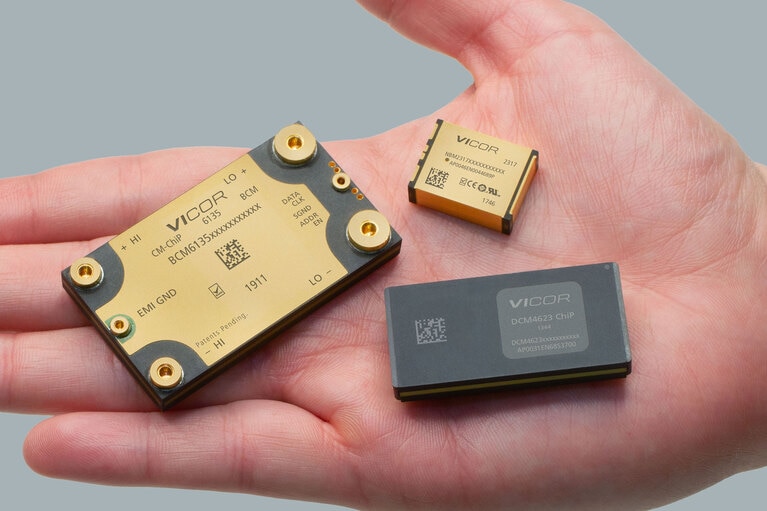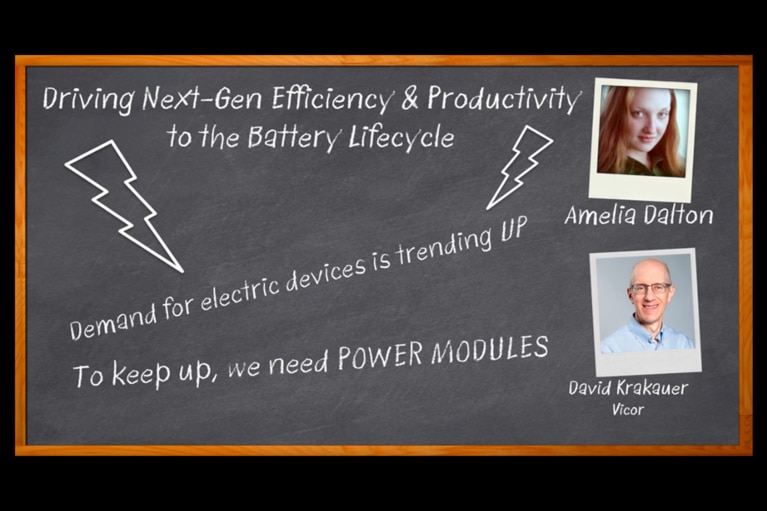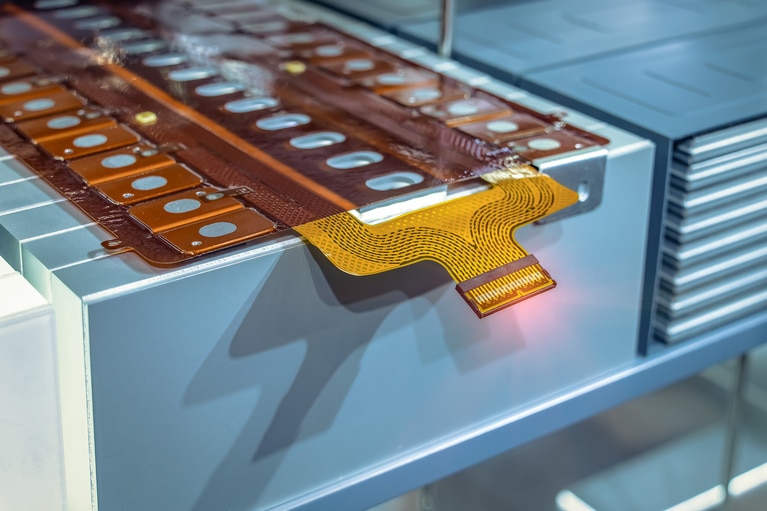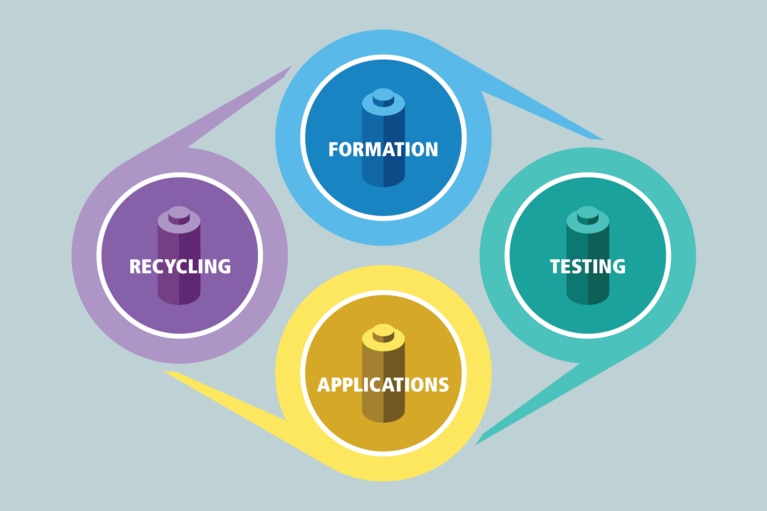
Accelerate your move to a high performance 48V power delivery network
This eBook provides guidance on designing 48V power delivery networks to enhance the performance, efficiency, and reliability of industrial products
Dear vicorpower.com users:
In an effort to improve the Vicor website, we will be conducting maintenance on the site Dec. 29th between 11:30 am and 2pm am EST.
Certain parts of the site may not be available during this time, specifically product pages and family matrices.
We apologize for any inconvenience and thank you for your patience.
– Vicor Web Team
To minimize capital equipment costs, a large increase in operational capability must be accomplished without expanding existing equipment footprints or facilities.
To be competitive in the market, it’s necessary to recycle as much of the power used in the battery formation, testing and recycling processes to be as efficient and cost-effective as possible.

With industry leading power density, the three compact modules shown are capable of handling up to 6kW of power which is significantly higher than the closest competitive solution. Our high performance power modules provide the flexibility and scalability to design and manufacture systems that form, test and recycle a greater number of devices in parallel without having to expand operational footprint.
Using miniaturized power modules with up to 5x the density, the modular approach uses less real estate, leaving more room for functionality. High efficiency modules require much simpler thermal management and allow for flexible and scalable designs that are simpler and quicker to design and update.
Unlike complex discrete solutions and inflexible “silver box” power systems, power delivery networks using power modules is quick and easy to design and implement. Accommodating new loads — or changes in power needs in a design — is easily accomplished by replacing or adding modules.

Accelerate your move to a high performance 48V power delivery network
This eBook provides guidance on designing 48V power delivery networks to enhance the performance, efficiency, and reliability of industrial products
Driving next-gen efficiency and productivity to the battery lifecycle
With soaring demand for batteries today, how can production keep pace? Learn why Vicor power dense modules are perfectly designed to meet today’s demands
Fixed-ratio converters charge up efficiency across battery lifecycle
Power conversion technology limits battery lifecycle productivity. Vicor high-density fixed-ratio converters enable greater efficiency
Fixed-ratio converters unleash innovation across the battery lifecycle
Bidirectional DC-DC converter play a vital role in the evolving battery ecosystem. Learn how high-density power modules are driving new productivity



